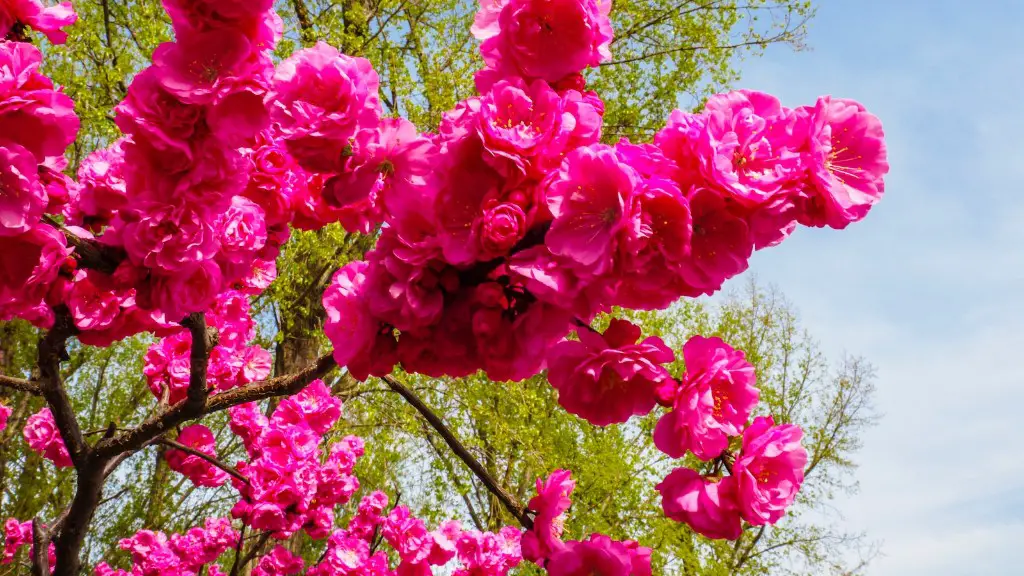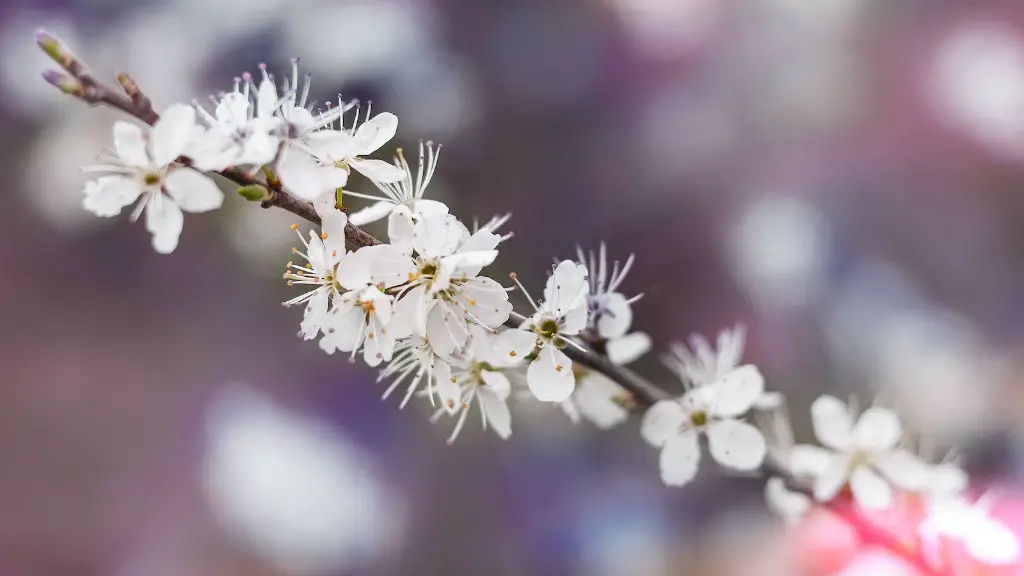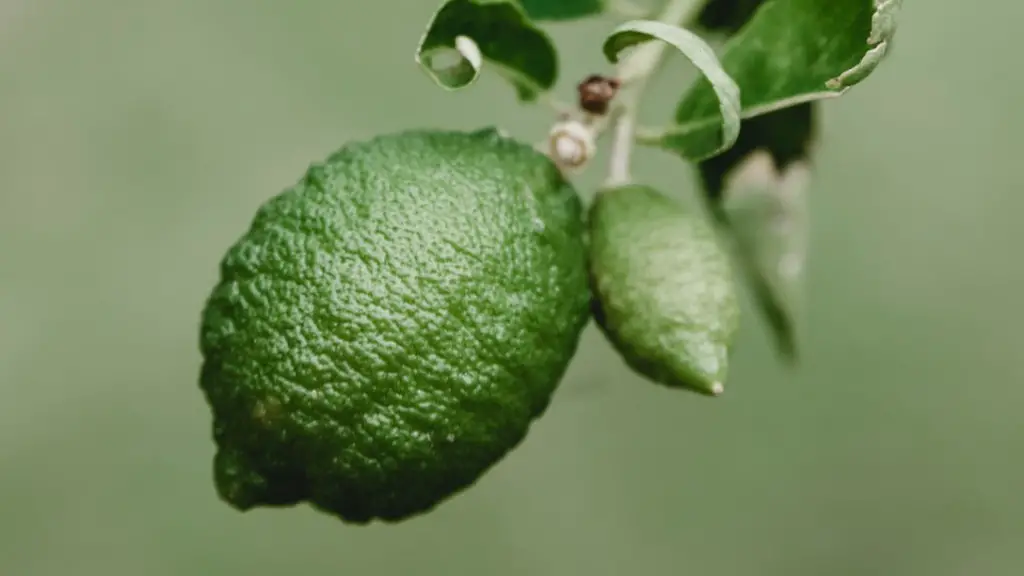Introduction
The Japanese cherry tree is one of the most stunning and beloved trees in the world. Native to Japan and parts of China, it is renowned for its silky pink blooms that arrive in spring and mark the coming of warmer temperatures and more daylight hours. It has been planted around the world for centuries and is seen as a sign of new beginnings. One of the burning questions that has long surrounded these trees is when to prune them. The answers are not clear-cut and depend heavily on what kind of tree you have, where it is located, and the climate it lives in.
Know Your Tree
The first step in considering when to prune a Japanese cherry tree is to gain an understanding of the type of tree it is. There are three main kinds: early flowering, mid-season, and late season. Early flowering versions blossom the earliest and should generally be pruned right after they flower. Mid-season bloomers can be pruned in late May or early June, and late season trees can be pruned in July.
In addition to understanding which type of tree you are dealing with, it is also important to know the local climate and average rainfall. While trees in wetter, more temperate climates benefit from pruning in autumn or winter, those that live in dryer, hotter regions should not be pruned during this time since it can damage the tree’s health.
Pruning Techniques
The technique used to prune a Japanese cherry tree is also an important consideration. It is best to utilize a method called selective pruning. With this method, you are removing branches that are either dead or damaged, rubbing together, or crossing over, as well as any branches that are too large or releasing too much foliage. It is important to prune gently and in a way that keeps the tree’s natural shape intact. Avoid cutting too much off and only removing what is necessary.
To determine exactly which branches need to be removed, take a closer look at the tree and make note of any dead or damaged branches. Prune away any shoots or suckers (or water sprouts) that are growing downward, along with any that are crossing or rubbing against each other. Prune away any shoots or suckers that are growing inward towards the trunk and minimize any branch density. Finally, remove any small or weak branches.
Protective Measures
When pruning your Japanese cherry tree, it is important to take some protective measures to avoid damaging the tree. The most important is to always use sharp, clean tools, as dull ones can tear the bark and leave the tree open to disease or infection. It is also essential to wear gloves, long sleeves, and trousers with socks and closed-toe shoes to avoid getting injured from the branches.
When pruning, take care to avoid pruning away more than one-fifth of the tree’s canopy. This can shock the tree and lead to serious health issues. If more than one branch needs to be removed, try to cut them in stages over the course of a few weeks or months to allow time for the tree to adjust.
Before Pruning
Before pruning, it is important to check the tree’s condition overall. If it looks weak or fragile, it may not be ready to be pruned just yet. Make sure there are no pests or diseases to worry about, and trim any dead or damaged branches as soon as possible to avoid the spread of disease or infestation. It is also wise to inspect the soil where the tree is planted, and amend it with compost or fertilizer as needed.
After Pruning
Once you are finished pruning your Japanese cherry tree, it is important to take measures to keep it healthy and strong. To do this, provide it with deep, regular watering and plenty of sunshine, as well as a layer of mulch around the base of the tree to keep the soil moist and regulate the temperature of the tree’s roots.
Fertilization
The Japanese cherry tree also requires regular fertilization. Start by applying a balanced fertilizer that is rich in nitrogen, phosphorus, potassium, and other micronutrients twice a year, once in early spring and again in mid-summer. When fertilizing, be sure to read and follow all directions on the package to use the right amount.
To ensure your tree has enough nourishment to thrive in between fertilizer applications, consider using a slow-release granular or liquid fertilizer. Slow-release formulas help to feed the tree over a longer period of time rather than delivering a huge burst of energy all at once.
Another option is to use compost, which is an excellent source of organic matter and other important nutrients. Spread a layer of compost around each tree and supplement with an all-purpose fertilizer or slow-release granules as needed.
Pest and Disease Control
Japanese cherry trees are relatively resistant to pests and diseases, but it is important to check the trees regularly for signs of problems. Common symptoms include yellow or discolored leaves, visible insect infestations, and wilting branches. If you notice any of these symptoms, take action immediately to address the problem before it causes serious damage.
In most cases, pests and diseases can be easily controlled by spraying the tree with a natural insecticidal soap or planting certain companion plants nearby. If the problem persists, it may be necessary to use a stronger chemical or contact a professional tree care specialist.
Planning and Maintenance
The key to ensuring that your Japanese cherry tree is happy and healthy is to develop a good pruning and maintenance plan. Make sure to inspect the tree regularly for dead or damaged branches, insects, and diseases, and trim them away as needed. Prune the tree in the springtime when the buds have started to burst open and fertilize the soil twice a year to provide additional nourishment.
Finally, it is important to give the tree plenty of water, sunshine, and shade – especially during hotter months. Trees that are given too much or too little water or sunlight can suffer greatly and eventually die, so pay close attention to its needs and provide the right balance.
Watering and Mulching
Japanese cherry trees require consistent watering to support their growth and development. It is best to water them deeply and less frequently, allowing the soil to dry out between each watering. Mulching can also be helpful to provide the tree with additional moisture and to protect the roots from extreme weather. Place a layer of mulch around the base of the tree and make sure to check it regularly for pests or diseases.
When watering, avoid getting the leaves wet as this can leave them vulnerable to disease and rot. If the leaves do become wet, make sure to dry them off as soon as possible. Additionally, be sure to water the tree in the early morning so that the leaves have time to dry off before the sun sets.
Wrapping Up
When it comes to pruning Japanese cherry trees, the best thing you can do is to know and understand your tree, take protective measures, and prune gently and selectively. Pruning should always be done in late spring or early summer, once the blooms have started to burst open, and care should be taken to avoid shocking the tree or pruning away too much canopy. Finally, regular fertilization, watering, and mulching are essential to keep the tree healthy and strong.





